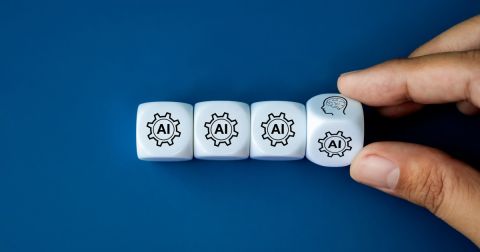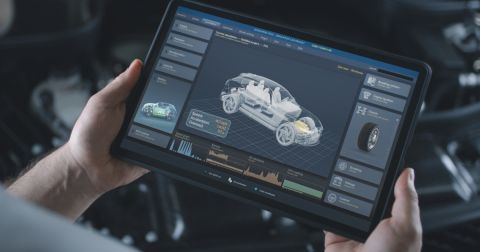6 Steps to Accelerate the Development of Complex Products

This blog summarizes the key lessons from the presentation at Iteration22; “Joe Justice, Wikispeed - Everyone Must Be a Chief Engineer at SpaceX.”
Small independent engineering companies have taken center stage in developing high-tech hardware creations that were once the realm of large organizations and nation-states. This transformation has been facilitated by the convergence of lower technology costs and a shift towards more adaptable working methods. Two prime exemplars of this paradigm shift are SpaceX and Tesla.
Joe Justice, the former agile program manager for both SpaceX and Tesla, was at the helm of these innovative organizations. During Iteration22, Joe discussed the remarkable advantages of implementing agile methods to expedite results in projects laden with intricate complexities. This blog consolidates key insights from Joe's discussions, distilling them into six pivotal steps that can significantly enhance the process of developing intricate inventions.
1. Embrace Short Feedback Loops and Data-Driven Decisions
Agile environments thrive on short feedback loops and data-driven decisions. This synergy enables teams to swiftly adapt to changes, mitigate errors, refine processes, and deliver value to customers acceleratedly. Renowned for its rapid advancements, SpaceX exemplifies this approach by testing rocket engines in-house and conducting multiple test launches before orbital missions. The result is an agile response to issues, leading to continuous improvement and technological breakthroughs through data-driven decisions.
2. Modular Design for Seamless Evolution
Modular design involves dissecting a product into its elemental components, ensuring easy replacement or upgrades without an overarching design overhaul. SpaceX's Falcon 9 Block 5 rocket version exemplifies this concept. By embracing modularity and incorporating upgraded components such as more potent engines and reinforced sections, SpaceX enhanced the rocket's performance and reliability. This approach fosters adaptability to meet evolving customer needs while maintaining system and stakeholder requirements.
3. Prioritize Stable Interfaces for Effective Collaboration
Stable interfaces, a cornerstone of the agile methodology, emphasize consistent and reliable connections between product modules. Standardization and compatibility testing of these interfaces are key to preventing hiccups during integration. SpaceX's Starship project showcases the prowess of stable interfaces, with the upper stage designed to be compatible with various boosters. This commitment to compatibility facilitates collaboration between modules and simplifies transitions during production.
4. Test-Driven Development for Enhanced Quality
Test-driven development (TDD), a practice synonymous with software development, also finds resonance in hardware design. With TDD, designers craft tests before actual coding, ensuring accurate functionality and adherence to specifications. This minimizes errors and early-stage issues in the hardware realm and promotes smooth integration into larger systems. SpaceX diligently tests each module before integration, reducing failures and ensuring robustness.
5. Integrate Continuously for Swift Issue Detection
Integration, a crucial agile tenet, advocates integrating and testing design changes in real-time rather than awaiting project culmination. This approach expedites the identification of errors, discrepancies, and conflicts, enabling swift rectification while minimizing costs. SpaceX underscores the value of integration through rigorous testing of individual modules, culminating in comprehensive tests post-integration to align with system specifications.
6. Leverage AI for Informed Decisions
Artificial Intelligence (AI) augments agility by streamlining processes, enhancing decision-making, and elevating customer satisfaction. SpaceX harnesses machine learning algorithms to scrutinize images of rocket engines, predicting potential concerns before they escalate. The company leverages AI to optimize launch trajectories, trim costs, bolster reliability, and heighten safety.
In synergy with these concepts, Altium Develop requirements and systems capabilities aim to revolutionize the engineering landscape, offering a unified platform for efficient requirements management. With its multifaceted capabilities, Altium Develop requirements and systems management addresses the challenges elucidated by Joe Justice, ushering in a new era of smooth collaboration, quality enhancements, and accelerated development in the intricate engineering world.











